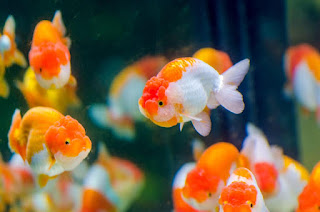Hello:
Do you know aquatic animals like the fish? Do you raise fish?
Ordinary fish feed The particle size of fish feed raw materials is below 40 mesh, and the digestion and absorption rate is greatly reduced. The crushing particle size of the compound feed for juveniles of common carp, grass, green and bream should pass through 50-60 mesh (0.30mm-0.25mm), and the crushing particle size of the compound feed for adult fish should pass through a 30-40 mesh sieve. 60-0.355mm ).
Aquatic feed requires finer particle size: the requirements of aquatic products for feed are different from those of terrestrial livestock and poultry, and the crushed particle size of aquatic feed is often finer than that of livestock and poultry feed, mainly for the following reasons:
1.Digestive capacity. The digestive tract of fish and shrimp is short and thin, and the ratio of its length to its own body length is generally much smaller than that of livestock and poultry, and its digestion and absorption capacity is also weak. At present, most of the fish, shrimp and crab species that are cultivated are carnivorous or partial carnivorous omnivorous aquatic products, and the length of their digestive tract is shorter than that of herbivorous or filter-feeding ones. In addition, fish and shrimps have weak digestion and absorption capacity for plant-based grains or cakes, and poor utilization of raw (immature) feeds. Therefore, crushing the feed finer helps to improve the utilization rate of the feed. And do you know the feed mixer machines and feed dryer machines? The machines will be used in the fish feed production line.
2.Feeding environment. Aquatic animals eat in water, and the feed must be put into the water. Therefore, aquatic feeds are required to have a certain stability in water to keep their shape and nutrients from being lost. The smaller particle size helps to improve the water stability of the feed. At present, the common forms of aquafeed are hard pellets, extruded pellets, soft pellets and dough-like feeds. For the first two forms, there is a hydrothermal quenching and tempering extrusion treatment during the processing. Small particle size, water and heat are easily transferred to the inside of the powder particles, reducing the difference in the degree of treatment between the center and the surface of the particles, which is conducive to starch gelatinization and protein denaturation in the feed ingredients. This change process can make the difference between different powder particles.
Interphase bonding, inlay, and forming stable particles under the action of extrusion. The degree of change is large, which can significantly improve the water stability of the feed. For the latter two forms, the finer powder particles will bond well with cohesive substances such as starch under the action of moisture, and the surface of the soft particles or dough will be smoother, which is beneficial to improve the stability of the feed water. In addition, when pulverizing with a relatively fine particle size, the powder particles are also embedded with each other, which is also beneficial to the stability in water.
3. Individual size. The individuals that breed aquatic products are generally not as large as livestock and poultry, and their calibers are also small. For the same aquatic species, the finished product is thousands of times larger than the individual seedlings. Especially for fish, shrimp and crab fry, the particle size required for crushing is correspondingly smaller.
So come to limapoultrymach for a look.





没有评论:
发表评论